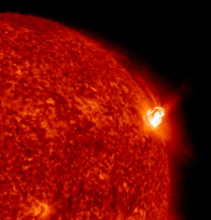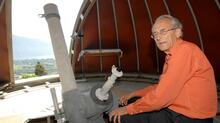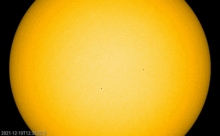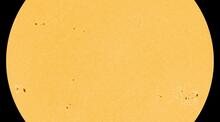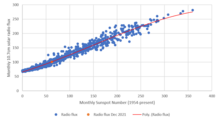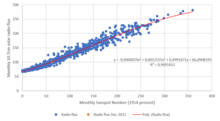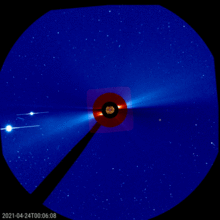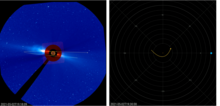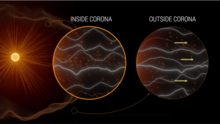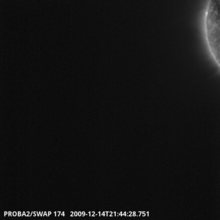news
Submitted on 2022-01-11
Over the last few months, the Sun has showing us one hemisphere with quite some sunspots, and another with barely any sunspots at all. To plot this changing solar activity, a synoptic map is used.
Submitted on 2022-01-10
STCE colleague Peter De Cat discovered asteroid (315579) and named it after Anne Vandersyppe, our invaluable colleague who worked as group secretary for the Solar Physics Department and sadly passed away in 2019.
Submitted on 2022-01-05
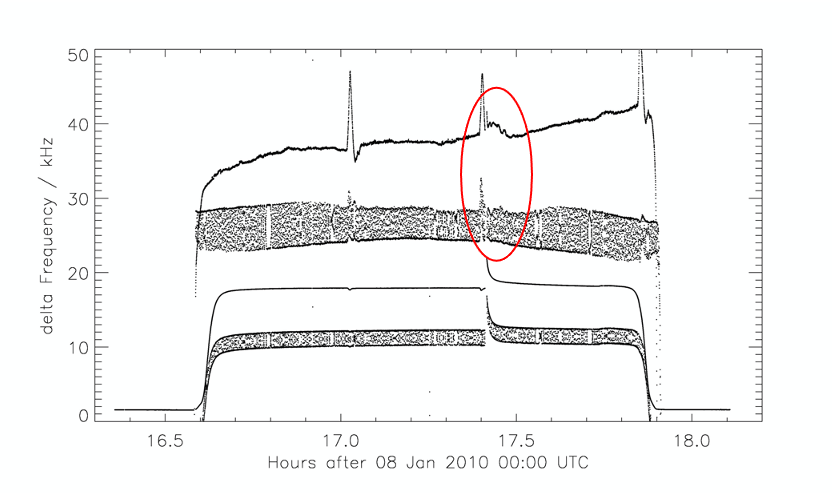 12 years ago today, on 6 January 2010, the doors of the LYRA instrument were opened for the first time. The observation of LYRA's first Lyman-alpha flare paved the way for much interesting science.
12 years ago today, on 6 January 2010, the doors of the LYRA instrument were opened for the first time. The observation of LYRA's first Lyman-alpha flare paved the way for much interesting science.
Submitted on 2022-01-03
Coinciding with the enhanced sunspot activity of the last few weeks, the Sun also produced 8 low-level M-class flares.
Submitted on 2022-01-03
On 18 December 2021, Sergio Cortesi passed away at the age of 89. He was one of the giants amidst solar observers, and essential in the continuity and stability of the International Sunspot Number.
Submitted on 2021-12-27
Sunspot numbers were at high levels in December, with the daily estimated international sunspot number (EISN) by SILSO reaching 149 and 145 on 22-23 December respectively. These are the highest sunspot numbers recorded since September 2015.
Submitted on 2021-12-21
The Parker Solar Probe reached new milestones in 2021, being the first spacecraft to fly through the Sun's corona, and tracing the magnetic switchbacks to their source. Over the next years, PSP will make even closer flybys of our star.
Submitted on 2021-12-21
The Battle of the Scientists is a unique and interactive competition in which 5 scientists present their research to a room filled with hundreds of primary school children, while thousands more are watching from their classroom through a livestream.
Submitted on 2021-12-15
Astronomy & Astrophysics has just published a Special Issue with 50+ papers highlighting the most important discoveries and observations made by Solar Orbiter during its cruise phase.
Submitted on 2021-12-14
Twelve years ago today, on 14 december 2009, the SWAP EUV telescope onboard the PROBA2 satellite laid its eye on the sun for the first time. After the nerve-racking procedure of opening the instrument door and taking this first image, PROBA2 operators and scientists waited impatiently for this first image to be downloaded from the satellite.
Pages
Zircon - This is a contributing Drupal Theme
Design by
WeebPal.

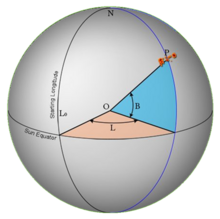



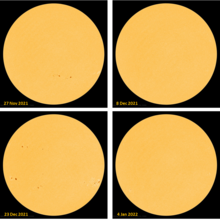
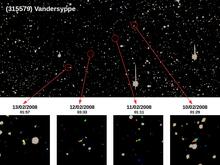

 12 years ago today, on 6 January 2010, the doors of the LYRA instrument were opened for the first time. The observation of LYRA's first Lyman-alpha flare paved the way for much interesting science.
12 years ago today, on 6 January 2010, the doors of the LYRA instrument were opened for the first time. The observation of LYRA's first Lyman-alpha flare paved the way for much interesting science.